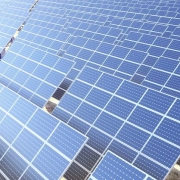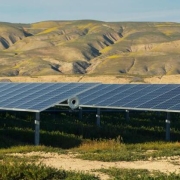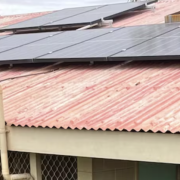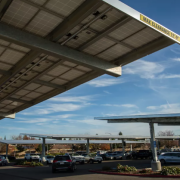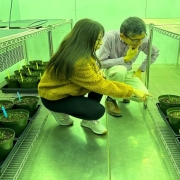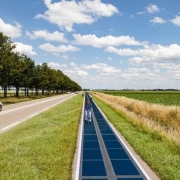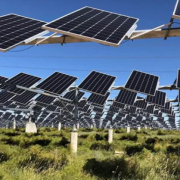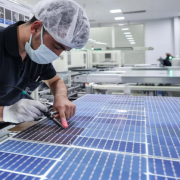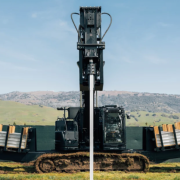The outlook for U.S. utility-scale solar has improved on easing supply chain problems, but near-term residential solar growth may be hurt by rising interest rates and changes to California’s net metering policy, Morgan Stanley analysts said in a report Monday.
The investment firm’s analysts said at the start of the year they were worried about the effects of the Uyghur Forced Labor Prevention Act, which resulted in shipments of imported solar panels being held by U.S. Customs and Border Protection, leading to project delays.
Of the roughly $710 million worth of shipments detained last year, about 40% had been released as of early April, the analysts said. Also, it appears that panels made with non-Chinese polysilicon have continued to enter the U.S. without significant delays, they said.
Click here to read the full article
Source: Utility Dive
—
If you have any questions or thoughts about the topic, feel free to contact us here or leave a comment below.

